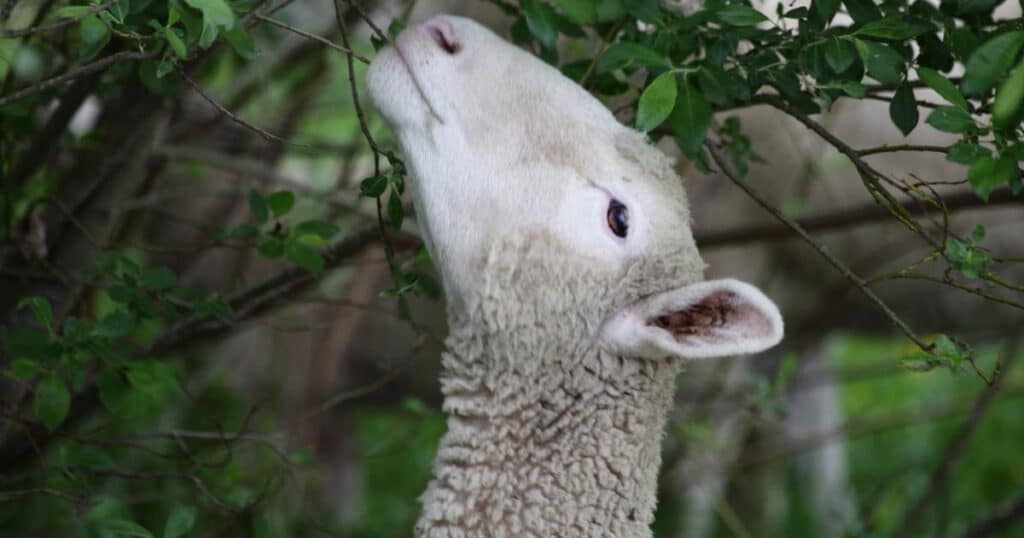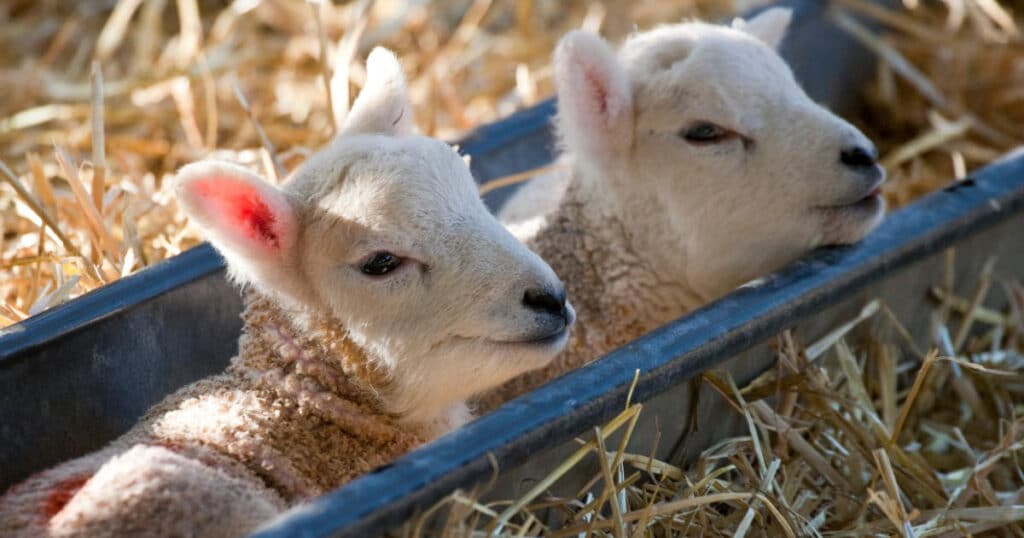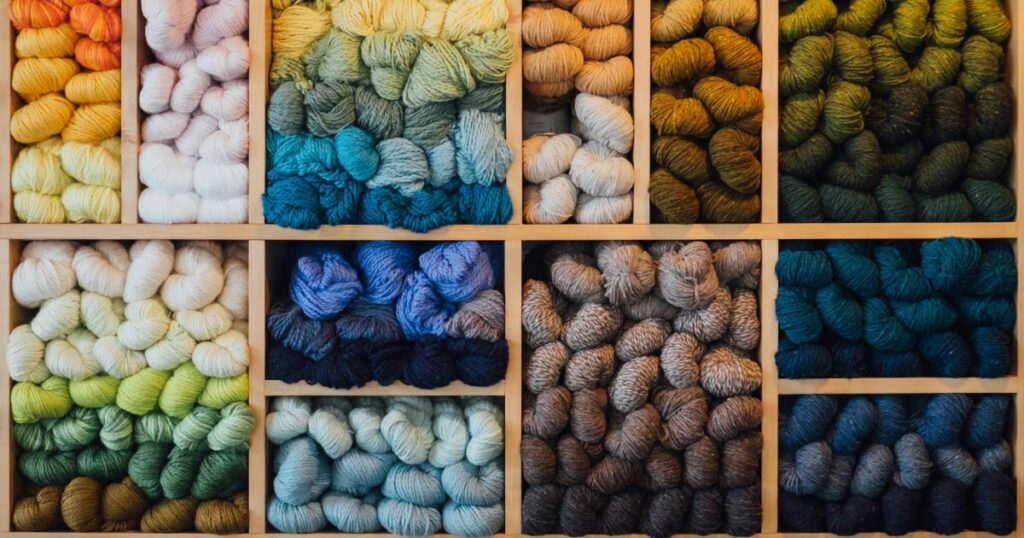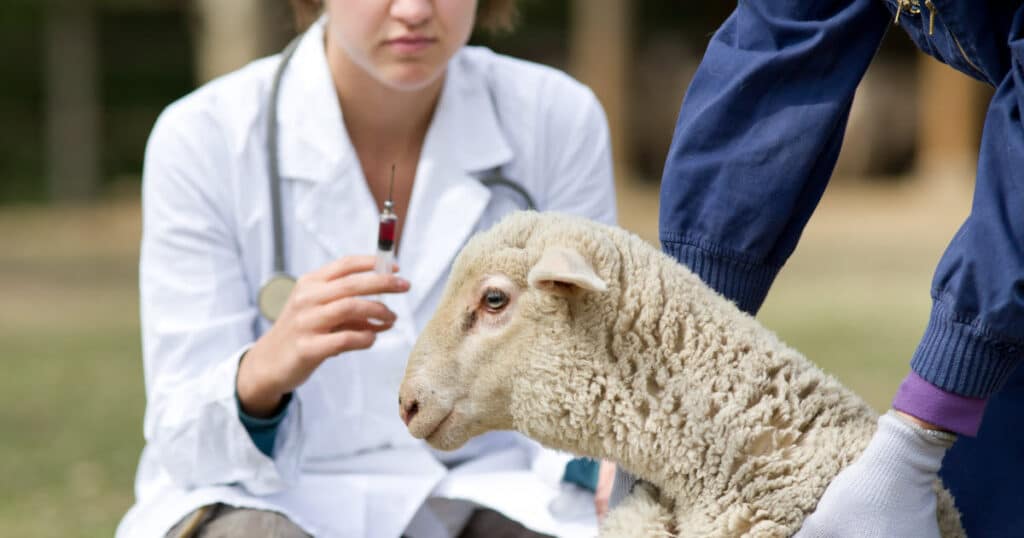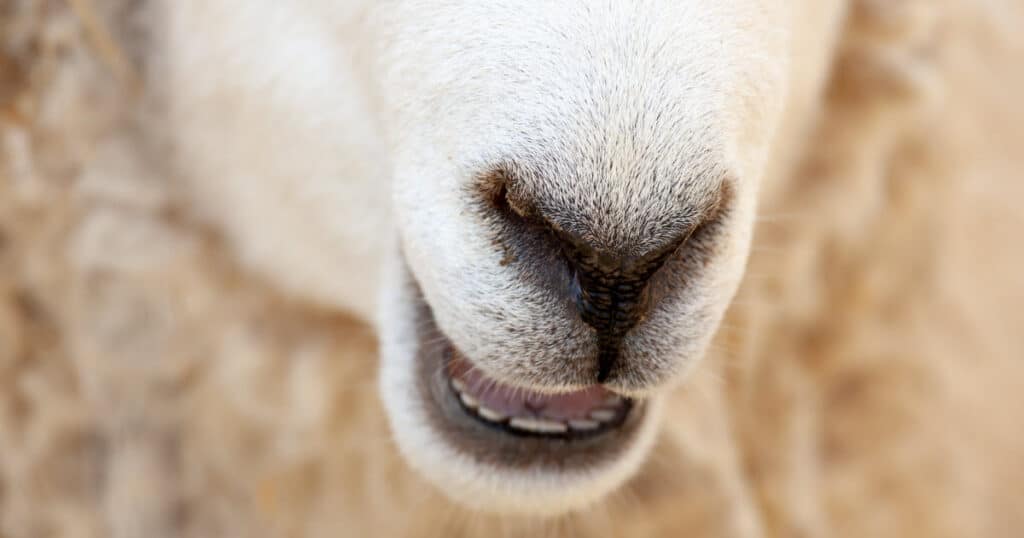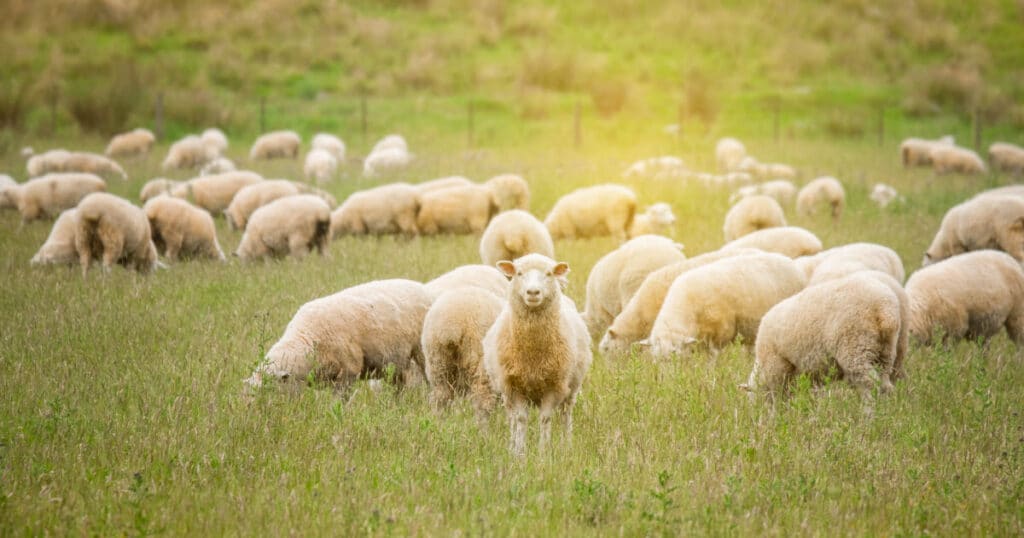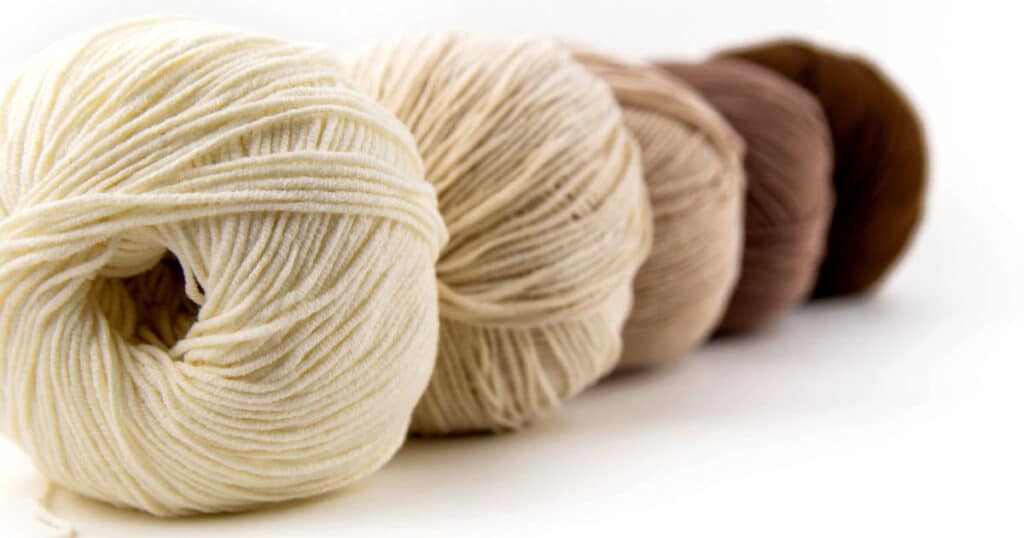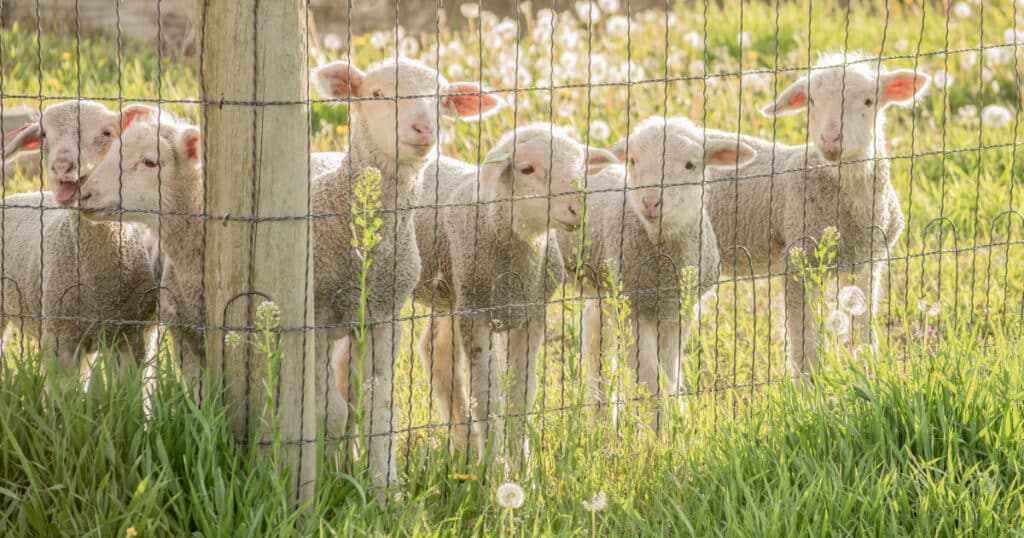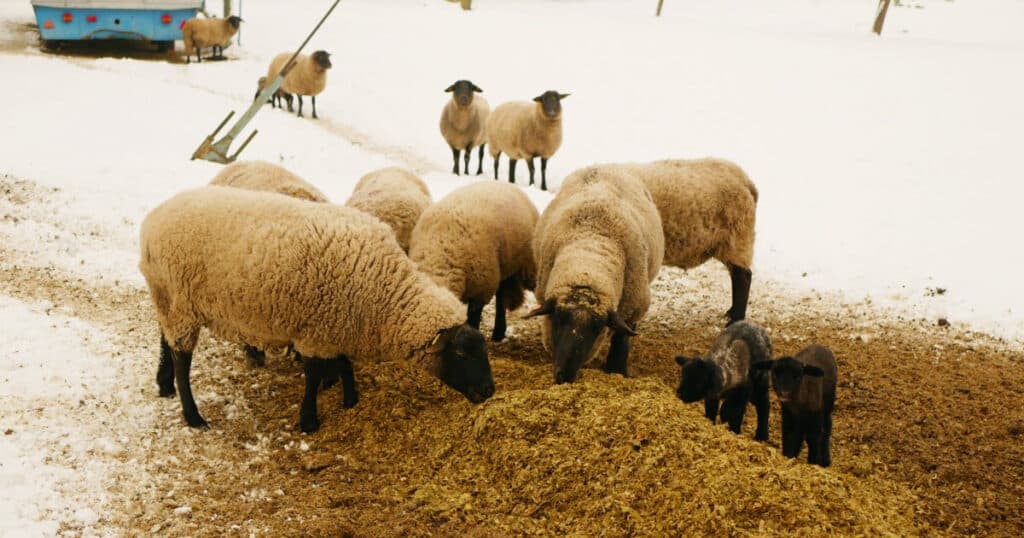What is Worsted Wool?
If you’ve been shopping for a suit or other fine woolen garment, you may have seen several marketed as being made with worsted wool. But what is worsted wool and what can you expect from a garment made with this natural fiber? Let’s find out in today’s article.
What is Worsted Wool? Read More »


